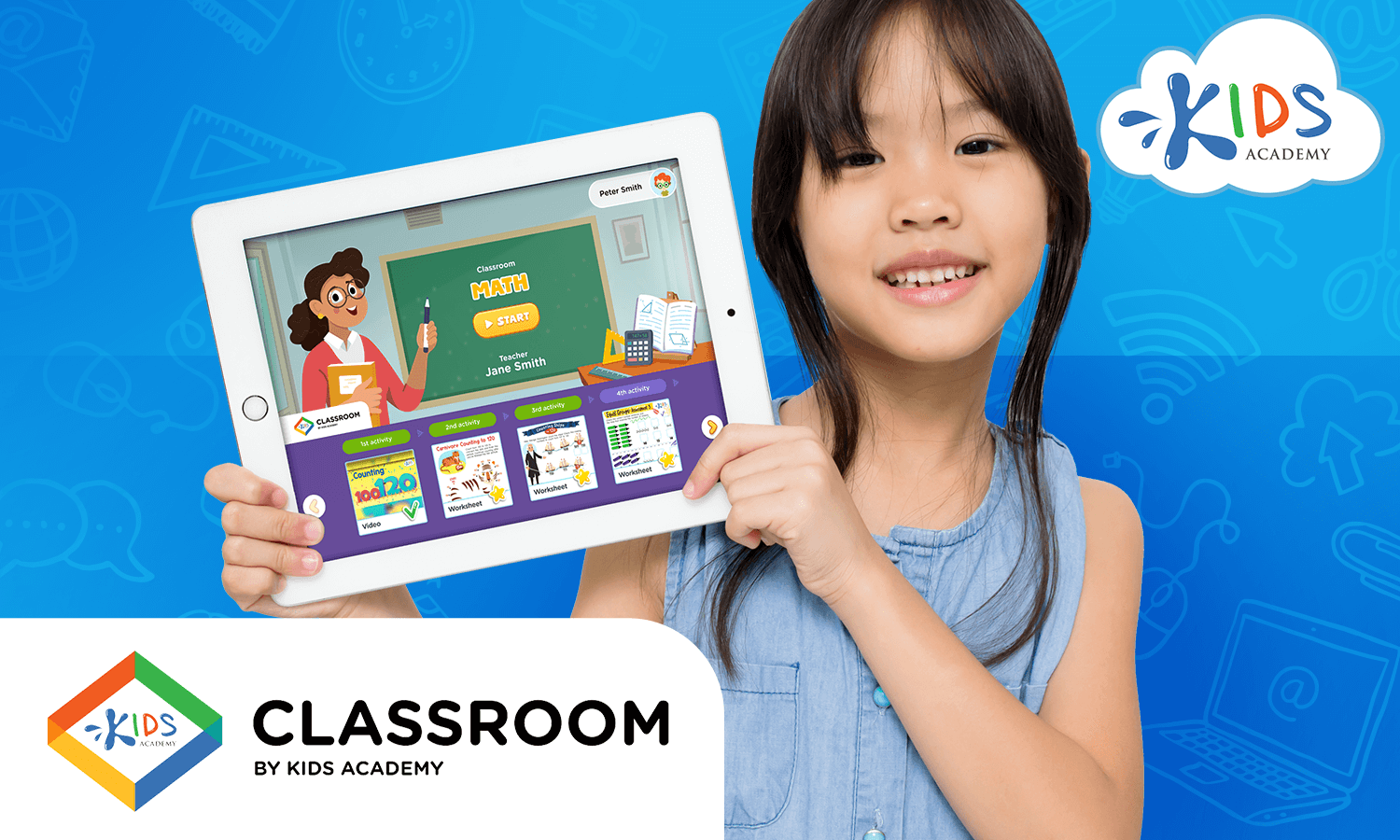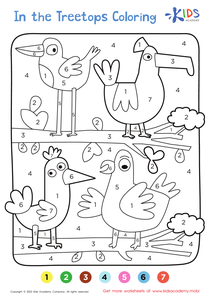1.Structure, Function, and Information Processingworksheets With Answers
37 filtered results
-
From - To
Explore our comprehensive collection of worksheets focused on “Structure, Function, and Information Processing” for first graders. These engaging resources are designed to enhance young learners' understanding of how living organisms function and communicate. Each worksheet includes clear questions that encourage critical thinking and help students connect structure to function in various organisms. Plus, an answer key is provided to support teachers and parents in guiding students effectively. Perfect for classroom use or homework assignments, these worksheets make science fun and accessible, fostering a love for learning about the natural world. Dive into interactive science education today!


Mammals and Reptiles Worksheet


What is Photosynthesis Printable


Where Do They Grow Worksheet
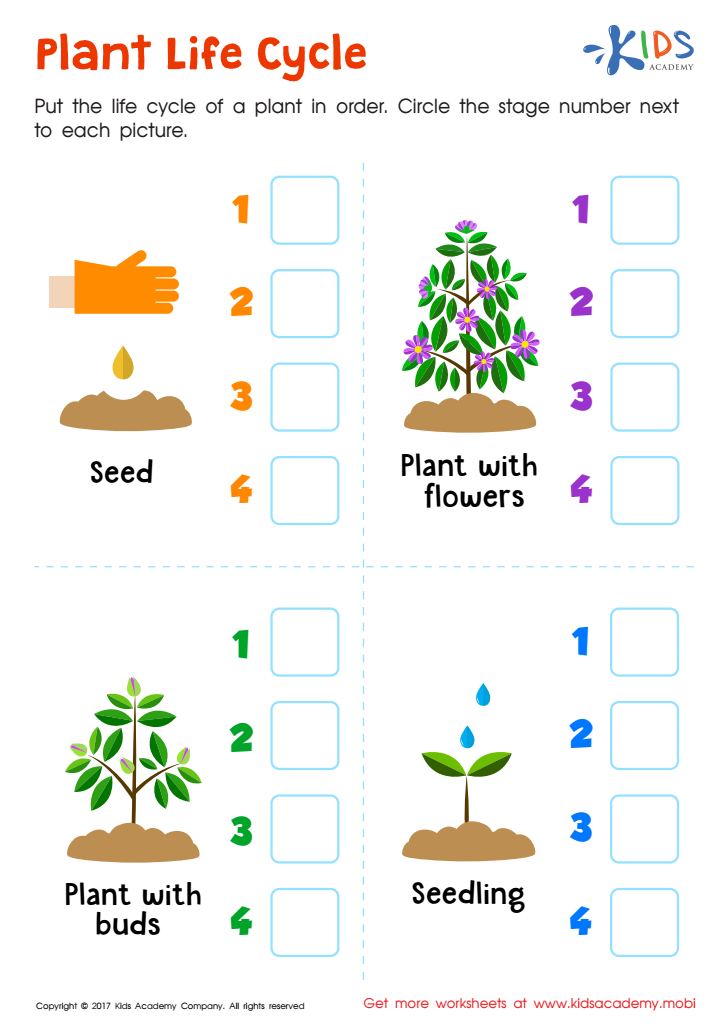

Plant Life Cycle Printable


Parts Flower Printable


Plants and Sunlight: Part 1 Worksheet


Mammal Body Parts Worksheet


Saguaro Cactus Life Cycle Worksheet


Young and Adult Plants Worksheet
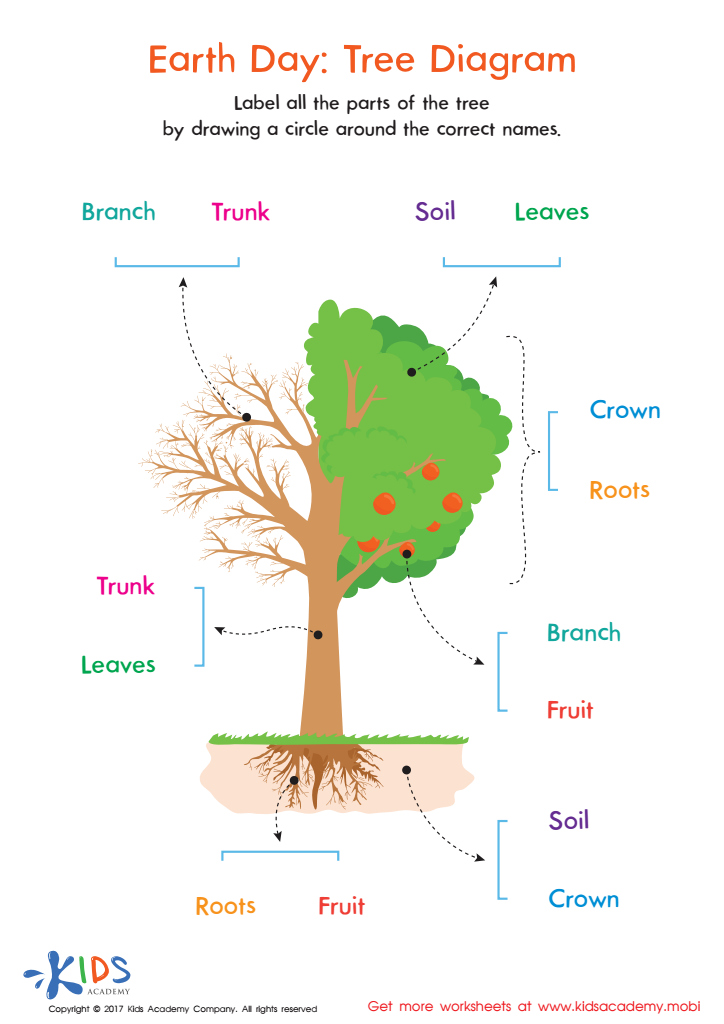

Earth Day: Tree Diagram Worksheet


Animals and Their Young Worksheet
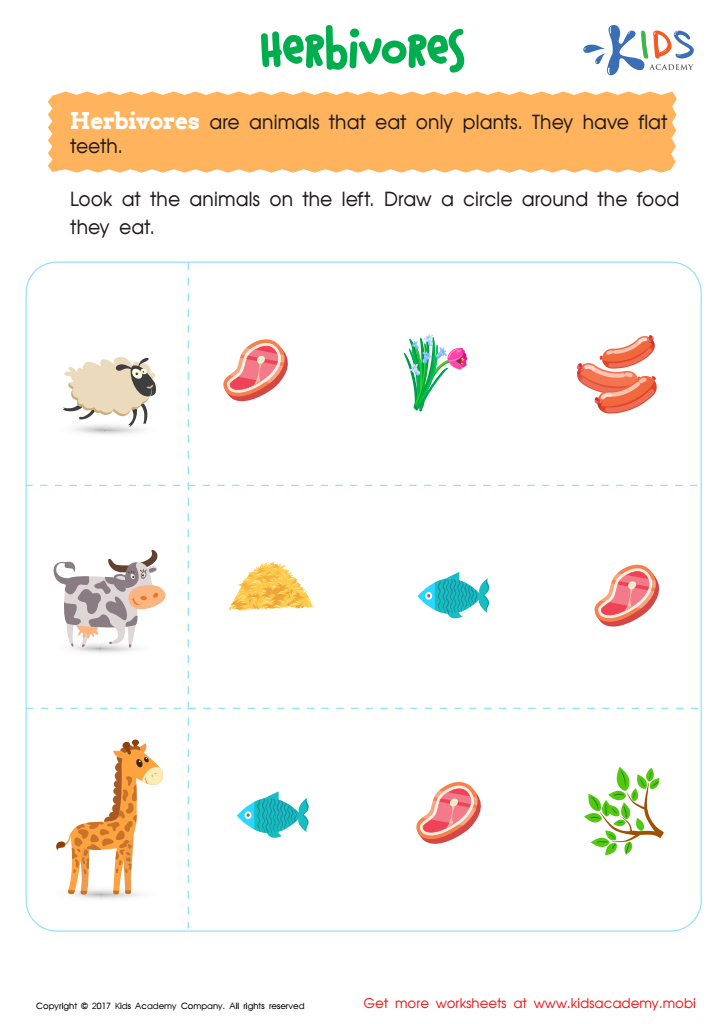

Herbivores Printable


The Cactus Plant Worksheet


Pond Plant Adaptations


Types of Flowering Plants Worksheet


Carnivores Worksheet
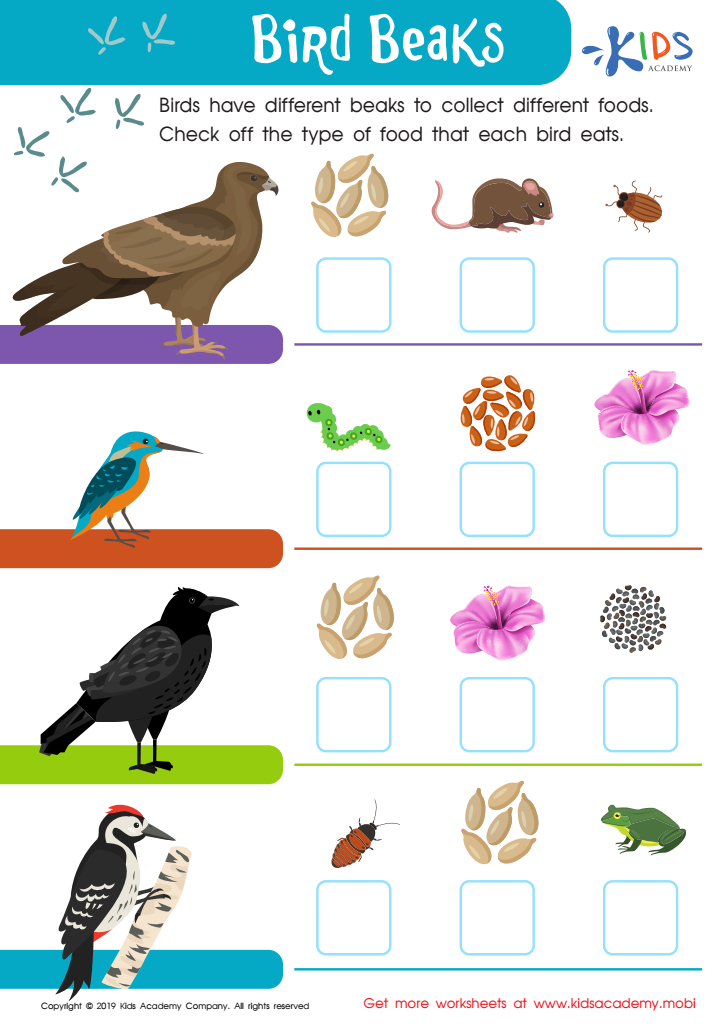

Bird Beaks Worksheet


Big Cats and Their Cubs Worksheet


Fish Body Parts Worksheet


Underwater Creatures with Shells Worksheet


Migrate or Hibernate? Worksheet


Bald Eagle Parents Worksheet


Rainforest Plants Worksheet
Understanding the concepts of structure, function, and information processing is essential for both parents and teachers as it lays the foundation for children's cognitive and emotional development.
-
Structure refers to how a child's learning environment is organized. A well-structured learning space promotes focus and efficiency. Parents and teachers should recognize that an organized classroom, with clearly defined areas for different activities, helps children feel secure and encourages their exploration and creativity.
-
Function relates to the roles and responsibilities within these environments. When parents and teachers understand the functions of various elements—like the importance of routines—they can model desirable behaviors and expectations. This helps children learn self-regulation and develops independence.
-
Information Processing involves how children take in, interpret, and respond to information. Teachers and parents should care as it directly impacts critical thinking and problem-solving skills. Understanding cognitive processes allows them to tailor instruction and support to individual needs, ensuring that each child progresses at their own pace.
In conclusion, by appreciating structure, function, and information processing, parents and teachers can create nurturing, effective learning experiences that enhance a child’s academic journey and emotional well-being.

 Assign to My Students
Assign to My Students




